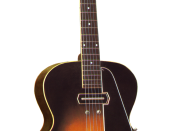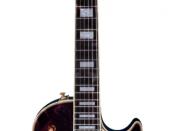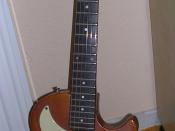There are many factors that go into making a great guitar. Fender and Gibson perhaps know this better than any other guitar maker. It is apparent that they must be doing something right, because they have the top instruments on the market.
Every part of the guitar does something different, and each part can be made differently. The way these parts are made and what they are made of can alter the effect they have on the guitar. While it is impossible to argue that any one process or material is better than another, we can explore he differences between them and decide what components of the guitar are better for a certain application.
This paper contains facts about the different materials that are used in quality guitars and how they affect the overall quality in relation to how the guitarist uses their guitar. Each major component is analyzed and critiqued in order to help you decide which model is best for you.
Head
The head is the simplest part of the guitar. It connects to the neck and its purpose it to hold the strings and keep them at the proper tension.
On most guitars, the head has six tuning pegs mounted on the head, around which the strings are wound. These pegs can be mounted three to a side, as on the Gibson, or six to a side as on the Fender. While the placement of the tuning pegs does not greatly affect the tone or even the tuning of the guitar, its appearance does give an impression of the artist. The traditional peg position, bearing three pegs on each side, implies a more classic rock, fuller sound. Having all six pegs on one side denotes a more radical, hard rock sound.
Head/Neck Union
The nut is the...


